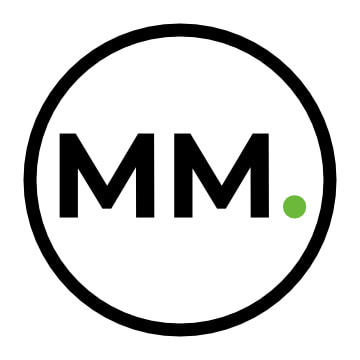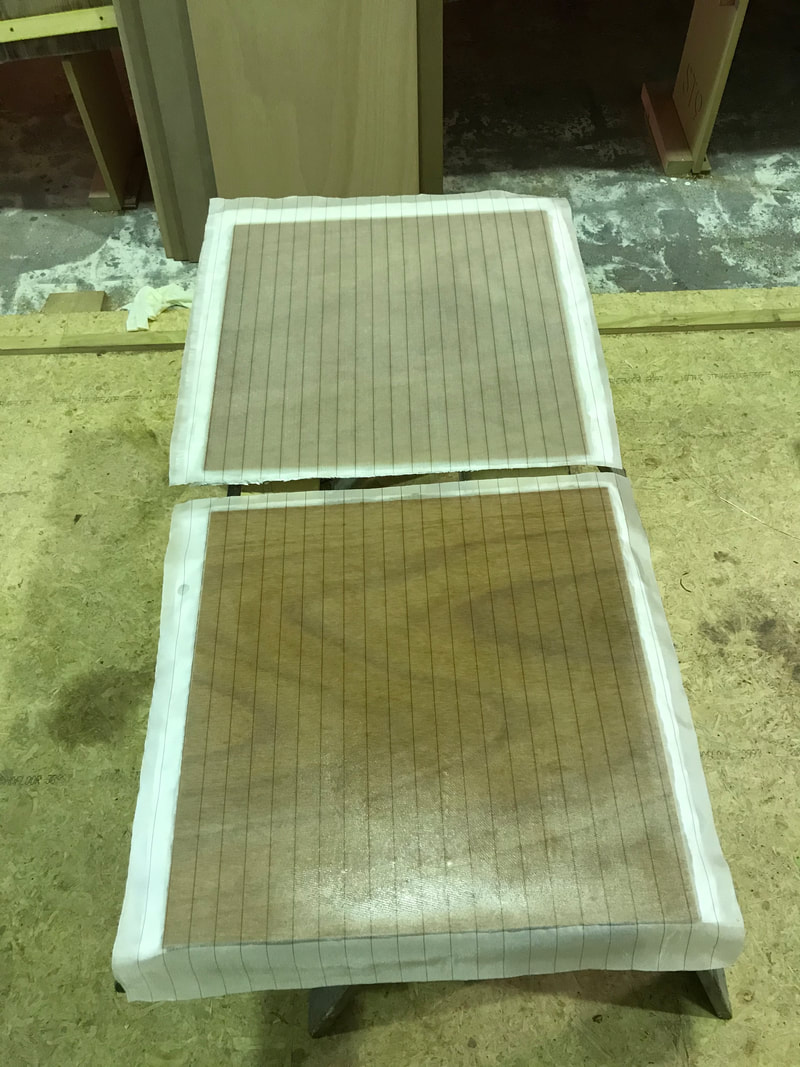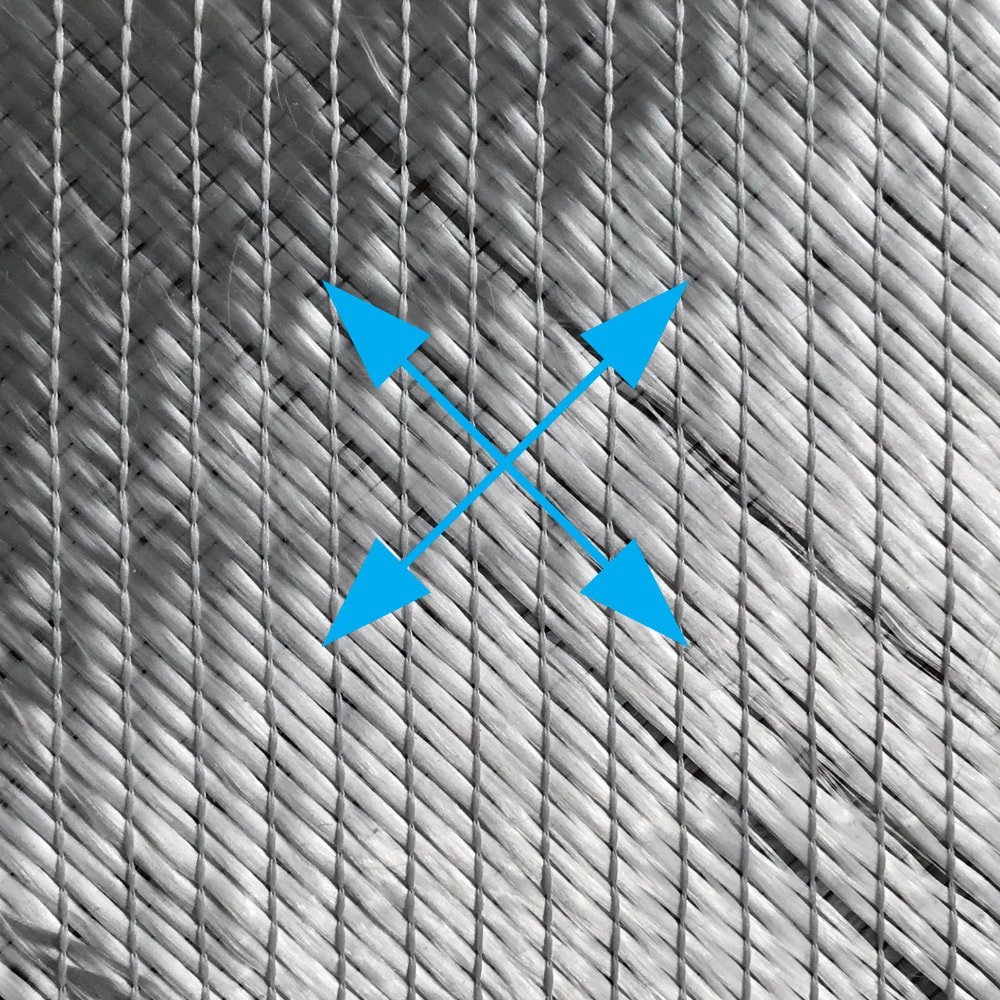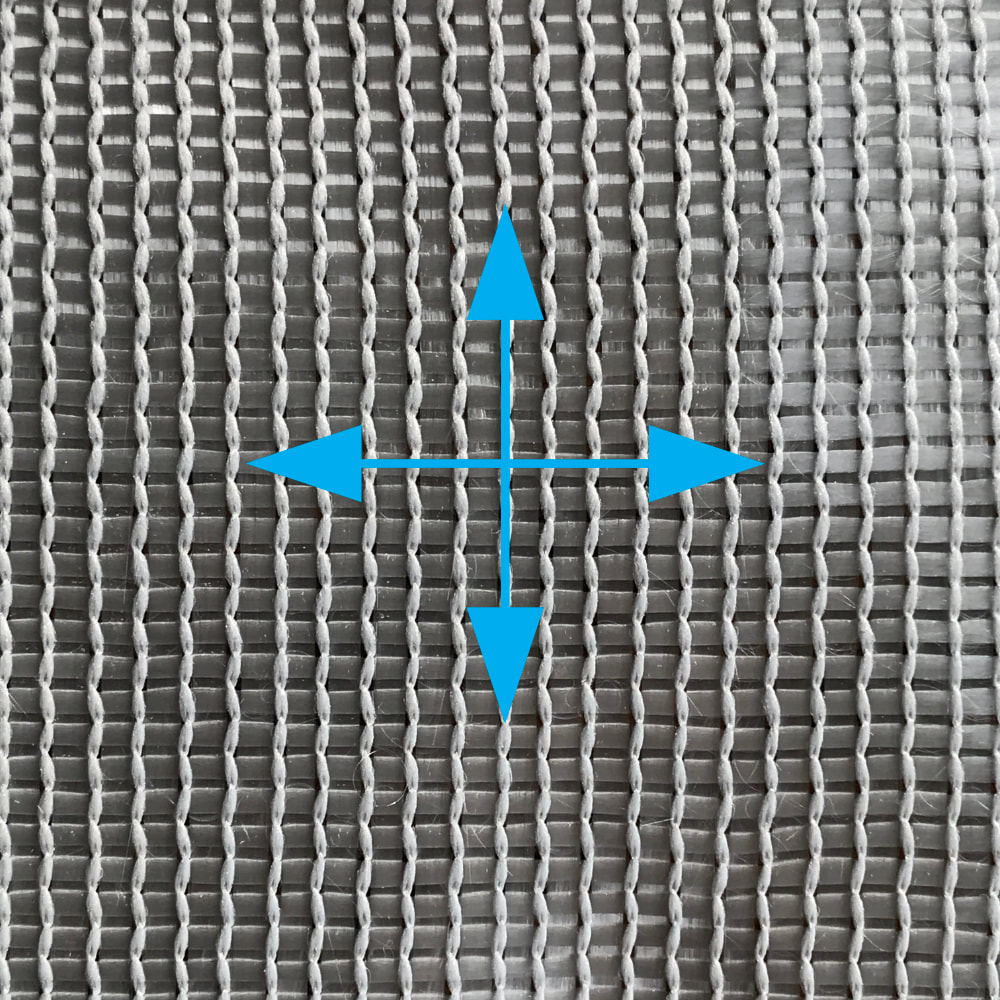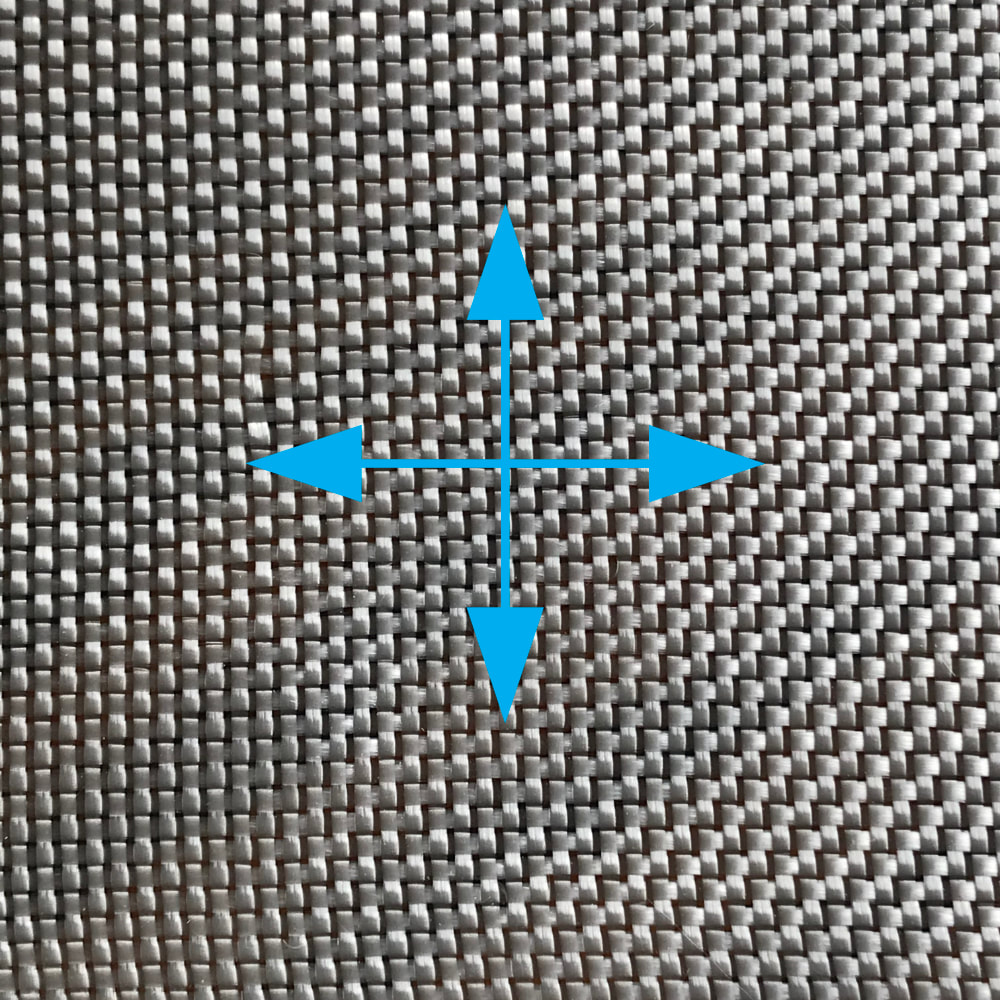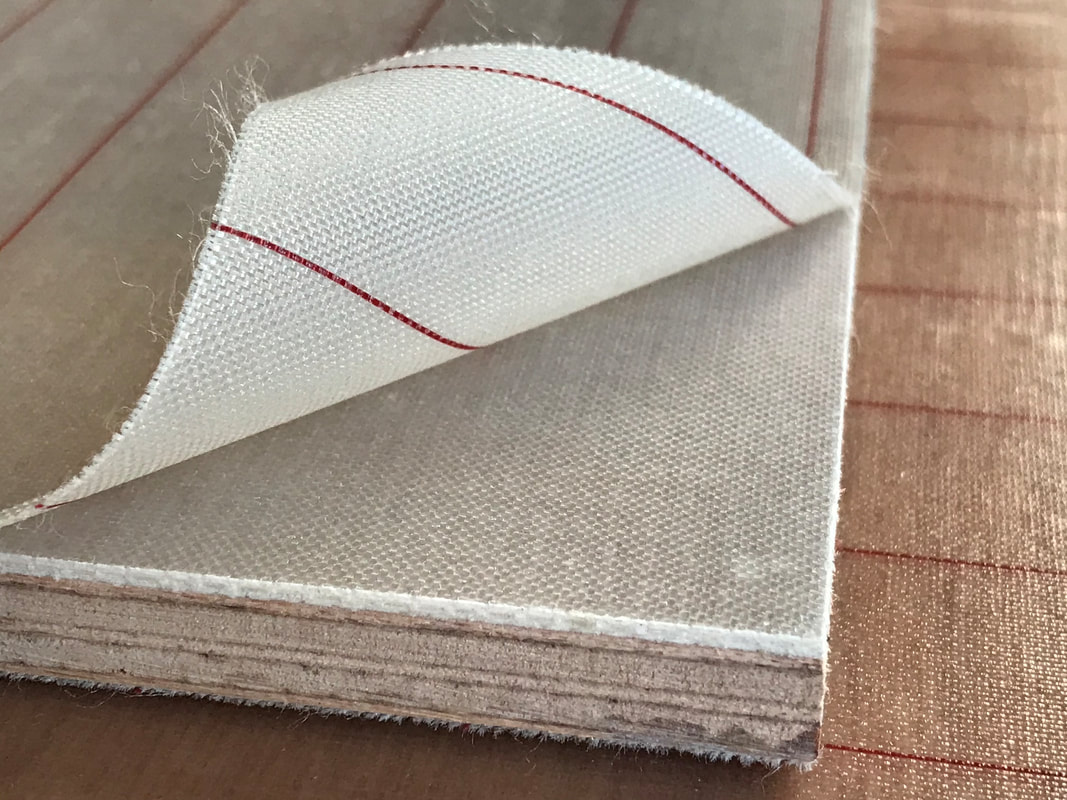|
When I can, I like to check my guess work with real world examples. Although I have some general rules of thumb when it comes to estimating resin quantities for fibreglass jobs, I decided to make test panels to check the hull and deck laminate schedule for the Class Globe 5.80 yacht using both Okoume and Meranti plywood. The goal of making test panels was to understand how the different plywoods and laminate schedules could impact labour, weight and budget for this boat. I was not disappointed! The Okoume (also called Gaboon) plywood hull and deck structures have a specific laminate requirement. This is partly due to it being a fairly light weight and non durable hardwood which is relatively weak compared to other species. To compensate for these characteristics the 9mm thick hull panels require at least 1170grams/m2 of fibreglass and the 9mm deck panels 430grams/m2. The plans do not have an actual laminate schedule listed, at least the type I am used to seeing, information such as fibre type, fibre orientation and weight per square meter. The designer has kept things very simple by specifying just weight per m2. This means that I can influence this part of the structure in a proactive way. I took a few things into consideration before committing to a laminate layup. I am aware that not only are Leanne and I building boat #71 and that I am very comfortable with the fibreglassing process, as the New Zealand kit agent I had to keep in mind that there will be builders with no previous experience using these products and learning as they go and that I would be asked for recommendations on materials. I decided that the products had to be common and readily available, I wanted to enhance the strength or stiffness of the hull if possible, and I wanted to impact the finish in a positive way all without making it too complicated. Following is my conclusion: For the Okoume/Gaboon hull I divided the required 1170 grams up into 3 layers. One reason is that this would be quite a thick fabric as a single layer. I wanted to help a new builder avoid the steeper learning curve associated with that much glass in a single layer. Breaking the laminate down into 3 separate layers means easier handling of the products and better control of the wetting out process.. Another reason is that these layers can now be used to introduce some structural intent with the fibres. I settled on a EDB625, an EB400 and an EC200. For those readers not familiar with what these letters and numbers may mean, 'E' stands for the type of material used to create the fibres in these fabrics, the letters after the 'E' (DB or B or C) indicate the fibre orientation or weave construction and the numbers tell you the weight per square meter in grams. Different suppliers may present this information in a slightly different order, but generally all of this information will be associated in some way with these products. For the first layer I chose an E Glass - Double Bias - weighing 625 grams per m2 (EDB625). Double bias is a way of saying that the fibres are oriented in both plus and minus 45 degree angles. This fabric has half the weight of the fibres laid on one of these angles and half laid on the other. One group of fibres is resting on top of the other and is held in place by stitching. Adding fibres on 45 degree angles will introduce a structural element that is not naturally a part of the plywood panels. The fibres of the individual wood veneers that make up the plywood panels are oriented in 0 and 90 degree angles. The second layer of fibreglass I have chosen is an E Glass - Biaxial - weighing 400 grams per m2 (EB400). These fibres are laid on a 0 and 90 degree orientation, one on top of the other and stitched liked the EDB625. This gives us the opportunity to introduce some unbroken or continuous fibres from the centreline to the gunwale of the hull. The last layer of fibreglass I have chosen is an E Glass - Woven Cloth - weighing 200 grams m2. The fibres of this product are also on a 0 and 90 degree axis, but the fibres are woven under and over each consecutive strand. This is used primarily for finishing purposes. The combined weight of the three layers exceeds the minimum requirements for an Okoume/Gaboon hull by 55 grams per m2. This will add just over 2 kgs to the fibreglass and epoxy skin. The deck has a much simpler layup requirement of 430gm2. Although it is possible to achieve this weight of fibreglass in a single layer, I recommend using two layers of woven cloth, an EC290 followed by an EC200. This layup combined with peel ply will achieve a nice balance of sealing the plywood, minimising extra weight and creating a surface almost ready for the filling, fairing and painting process when combined with a peel ply. The use of peel ply as a part of the fibreglassing process is strongly recommended. Peel ply is a sacrificial nylon fabric used as the last layer of the fibreglassing process. It is applied while the resin is still wet and left to go hard as part of the fibreglass stack. Once cured and when ready for the next phase of construction, the peel ply gets removed by tearing it off of the job. When applied with care the result is a pin hole free and slightly textured surface that is ready for more fibreglass (secondary bonding), bog and fairing mixes or paint. The numbers for the Okoume/Gaboon panels are as follows Hull plywood weight m2 - 4.4 kg Hull fabric weight m2 - 1.225 kg Hull resin weight m2 - 1.465 kg Hull total resin weight - 30.7 kg Deck plywood weight m2 - 4.504 kg Deck fabric weight m2 - 490 grams Deck resin weight m2 - 678 grams Deck & cockpit total resin weight - 9.8 kg When it comes to laminating the hull and deck using the above fibreglass layups, I will make sure that I have at least 45kgs of West System brand resin and hardener available to complete these jobs. I made these panels in a way that reflects not only the manufactures recommendations for using the products, but boat building industry standards for our part of the world as well as skills developed over 3 decades of boat building. I acknowledge though that there are very competent people who will use different products and techniques that will get satisfactory results. You can read about the Meranti test panels here.
4 Comments
14/7/2020 09:07:44 pm
Hi Gregory,
Reply
Thomas
16/7/2020 12:19:42 am
Thank you for this excellent article and the research. It will help me a lot!
Reply
Eric
6/11/2023 12:36:45 pm
Thank you for the post! Really helpful to see how you approached this.
Reply
Leave a Reply. |
|
